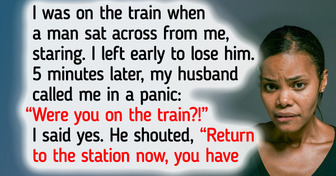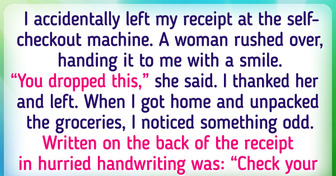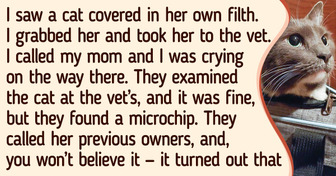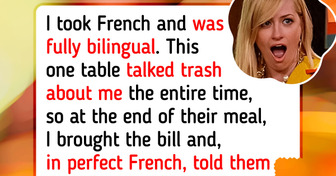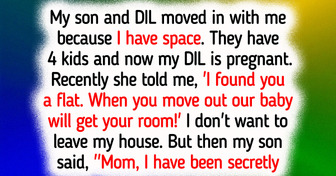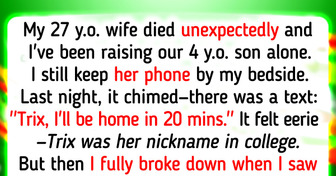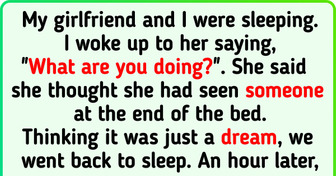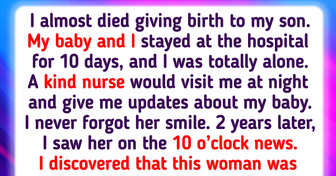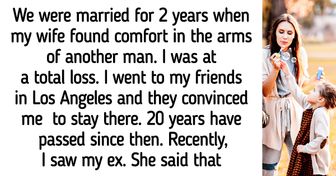My Husband Says Paying My Son’s Tuition Is “No Longer His Responsibility”
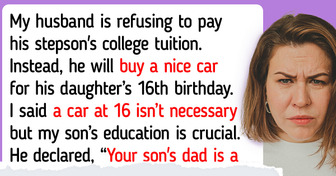
You’ve probably noticed that train and bus seats are covered in fabrics with weird patterns. Have any idea why? They use these patterns to cover any germs and stains on the seats. The brighter the color and the more patterned it is, the harder it will be for a passenger to notice any stains and get grossed out.
Also, the patterns are usually so ugly that no one even wants to look at them for long enough to spot any stains. So yeah, the pattern is there to make you look away, and if you look, to make it less noticeable. No bus will ever have plain white seats, that’s a guarantee!
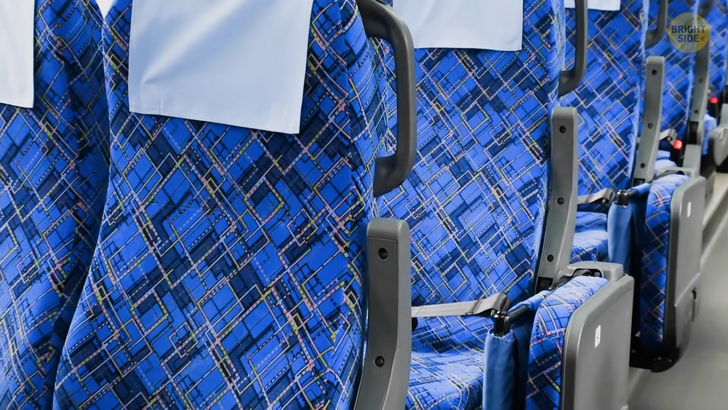
Just a few more bus-related questions to answer. Like, why don’t buses have seatbelts? Buses are overall way safer than cars because they were designed this way. The idea behind this is called “compartmentalization,” meaning that the seats have high backs that absorb energy. The seats are also placed close to one another, so there is less space to move in case of an impact. Also, on a bus, the passengers sit pretty high off the ground, and, in case of collision, the force is absorbed by the bus’s deck and not by people inside.
On top of that, a bus is way heavier than most other vehicles, and even if there is a collision, it distributes the force way differently than a regular car. Due to its weight, a lot of force is absorbed, and bus passengers don’t experience much crush force. So, small and light buses that can’t distribute the force as well actually do require seatbelts. And we have to remember that buses drive slowly, which minimizes the risk of an accident overall.
We all know that school buses are yellow, but why? It’s for visibility reasons. Yellow is one of the most easily recognized colors, and, for a human eye, yellow is even more visible than, say, red. So, school buses are yellow to make them more distinctive. Also, yellow is visible in the dark, in fog, and on a rainy day. Actually, the color of the bus isn’t really a true yellow — it also has a hint of orange. This shade even has an official name: “National School Bus Glossy Yellow.”
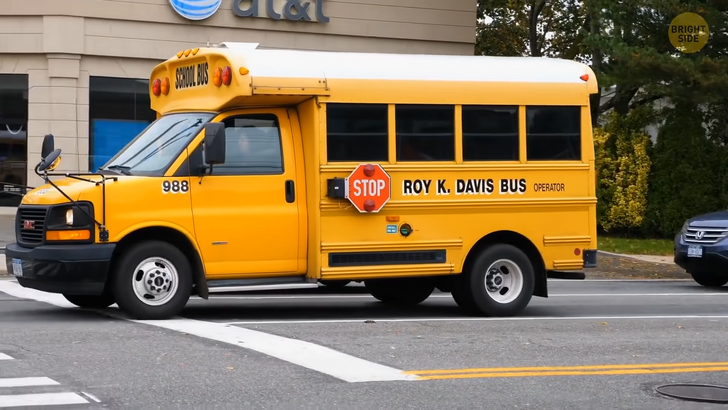
By the way, taxi cabs are yellow for the same reason — to be more visible in any weather conditions. Also, buses have huge steering wheels, and I finally learned why. Buses are bigger than regular cars, and they’re also way heavier. So, it’s harder to turn a bus around, and way more strength is required to do so than when you drive a car. A bigger steering wheel that has a bigger radius allows the driver to turn the vehicle more easily, and it requires less force than if the wheel were smaller. Trucks have big steering wheels for the same reason.
But have you seen those stuffed toys are that some trucks have attached in front of them? Turns out, it’s just a way for truck drivers to customize their vehicles. It’s like a mascot that speaks about the truck or the driver. It’s also a way to communicate to the world that the truck driver isn’t all scary and tough, but a soft and harmless person that you shouldn’t be afraid of. At least that’s how some truck drivers explain it. In Asia, there’s also a belief that road accidents are caused by ghosts, and hanging toys are a way to distract the ghosts from causing harm to the truck.

Ever been on a road trip? If you’re not the driver, all you have to do is just sit in one place and do basically nothing for hours. Doesn’t sound like a hard task, but some people find it terribly exhausting, and because of this, they resent road trips. Why do they get so tired? Well, sitting in a car isn’t like sitting in a chair. The brain doesn’t relax. Instead, it controls everything that’s going on, accounting for movements and making sure that you maintain the right posture.
Your brain is constantly working, exchanging bits of information with your muscles, so your body is working. Some people get tired because of this. If you aren’t doing much, it doesn’t mean that your body isn’t doing much. Train rides are way more tolerable because trains don’t stop or change speed as often as cars do, so the body is more relaxed, and train trips are way more tolerable for people who aren’t fans of road trips.
Another mystery is why it’s way harder to stand still in the same spot for 30 minutes in comparison to, for example, walking for 30 minutes. Again, it sounds like you’re not doing anything when you’re standing, so why is it so tiring? Well, standing is a pretty hard task for your body. When standing, the muscles in your legs work very hard to support the mass of your whole body. If you are standing, there are not many muscles working, and only a few of them have to do all the work. When walking, there are more muscles working at the same time, so it’s easier. Also, when standing, both of your legs are working without stopping. But when walking, each of them gets a tiny break every time you step using the other leg.
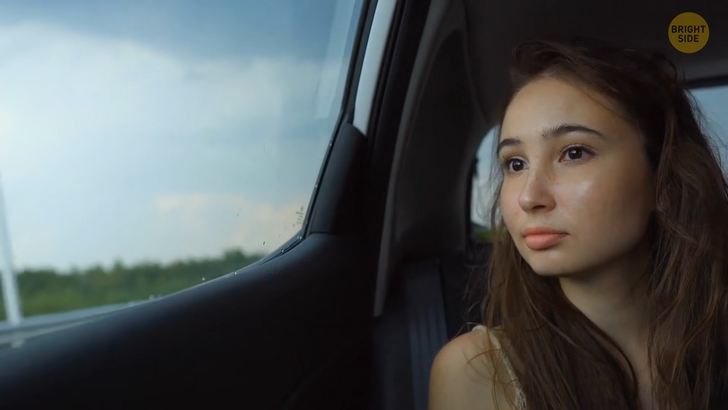
Why is it that the same book can have different covers? There are several reasons for this. First, the cover may vary because of the target audience. An edition of a book that is being marketed to older people is usually different from the edition aimed at younger people, with the one for younger people usually being brighter and cuter. The cover can also depend on the country the book is being sold in, trying to attract as many buyers as possible based on the tastes of the population.
Next, books vary from edition to edition. At first, a book is printed in hardcover in small quantities to see how it’ll do on the market. If the book is a relative success, there is another edition printed, often in trade paperback. The design of the cover is usually updated with every edition. Also, if a book has a movie based on it, there is usually another edition that follows. This edition will take advantage of the movie and use a movie scene as the cover, making it recognizable for people who saw and liked the movie and encouraging them to buy a copy of the book.
Most books are printed on yellowish paper, and few have plain white pages — but why is that? Unless it’s a mass-market paperback edition, with paper that’s the same quality as a newspaper (meaning bad), it’s done with good quality paper. Don’t let the yellow hue confuse you. It’s usually called “crème,” and it’s a preference for any book because it’s less tiring on the reader’s eyes. The plain white paper is bleached, and it reflects a lot of light, so it can be exhausting to read for a long time. So, that yellowish paper is the best paper, and publishers regularly use it.
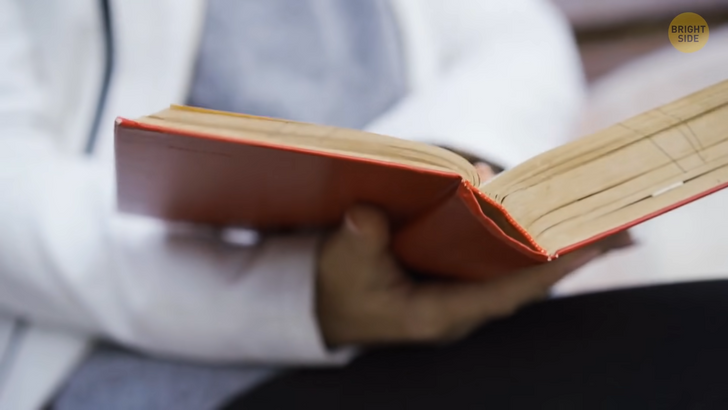
Another thing about books is those blank pages they often have at the very end. Their number depends on the number of pages in the book. The thing is that books are printed in signature. A signature is a group of pages that printers fold together and cut to make a book. A signature can have a different number of book pages, with the minimum being four and then with other numbers divisible by four.
So, a book that is 300 pages long, in total, will fit in perfectly, and there will be no blank pages left. But if a book needs 303 pages, it’ll need an additional signature, and the extra pages will remain blank — often marked with the word “notes” or with the message: “This page is intentionally left blank” to let the reader know that there’s no important information missing.
Ever wondered why most doctors have sloppy handwriting? No, there’s no class in medical colleges on bad handwriting. The reason why it’s so common is that doctors are always in a rush, and they write as fast as possible to keep their momentum, so there’s no time to care about writing nicely. Also, keep in mind that you’re not the only person who they write a prescription for over the course of a day. Doctors do a lot of paperwork, working for 10 hours straight, and they’re just too tired most of the time to give you a properly written note.

Have you noticed that most songs, in general, last somewhere between 3–4 minutes? Well, originally, songs were being played on a phonograph record player — from a vinyl record — which was spinning at 78 revolutions per minute. So, the size of the vinyl record basically determined the length of the song.
There were two basic record sizes: a 10-inch one, which had room for about three minutes of playtime, and a 12-inch, which could fit a 4-minute song. So, at the beginning of the 20th century, if an artist wanted their song played, they couldn’t make it longer than that if they wanted to be able to sell a record. Times have changed, but still, most songs are about 3–4 minutes long.
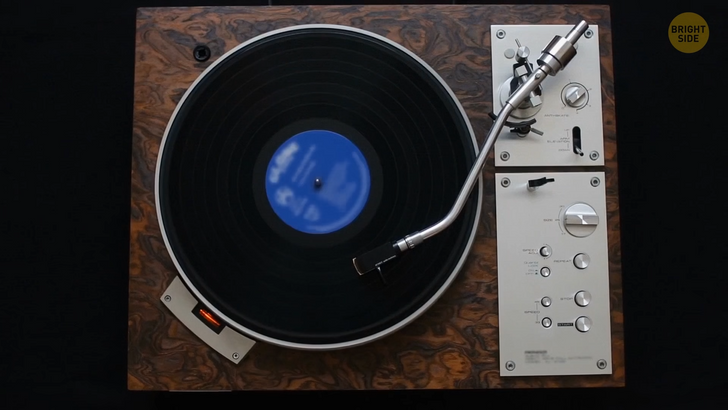
The initial reason for sticking to this pattern was also because of radio. If a song was too long, it would either get cut in half or some parts would be left off to make it fit into the 3-5 minute radio standard.
If an artist wanted the song on the radio, and if they wanted to earn money from it, they’d do their best to make a song that fits the standard so that the whole piece could be played without alterations. Today, even if there are longer songs, a 3-4 minute song is now a tradition that artists typically stick to.

